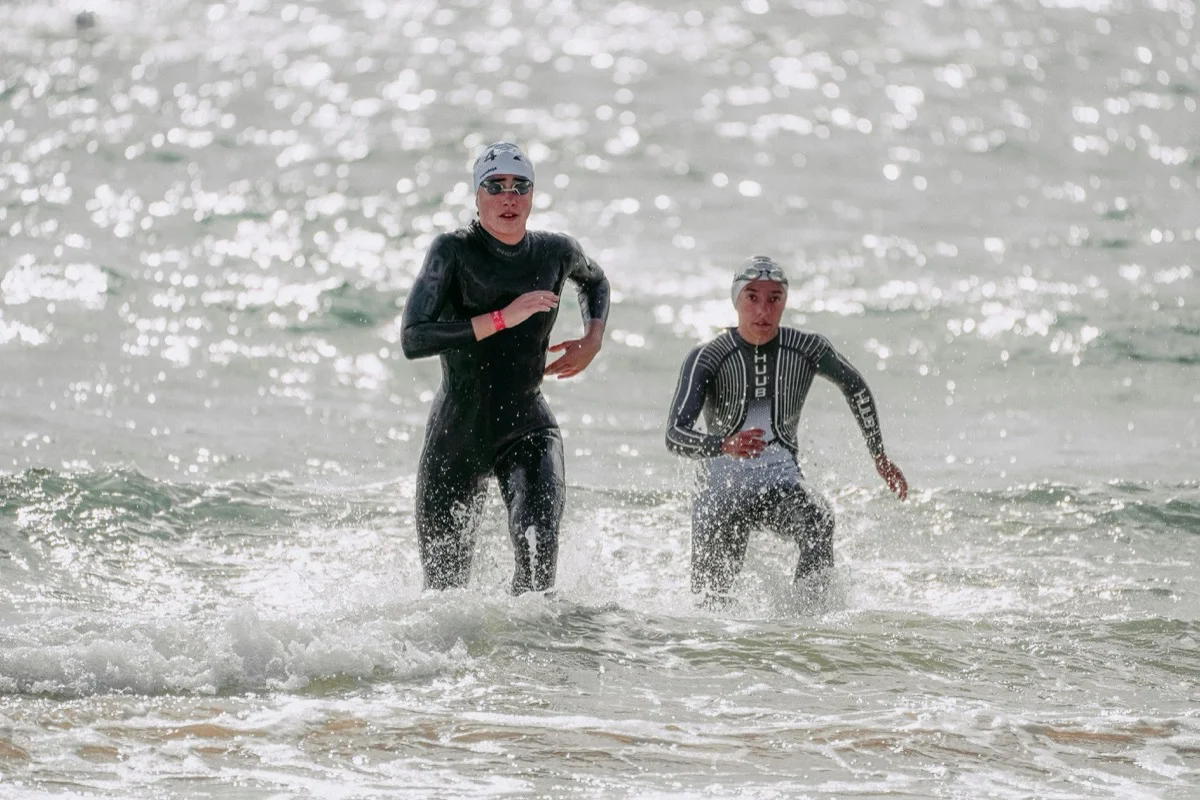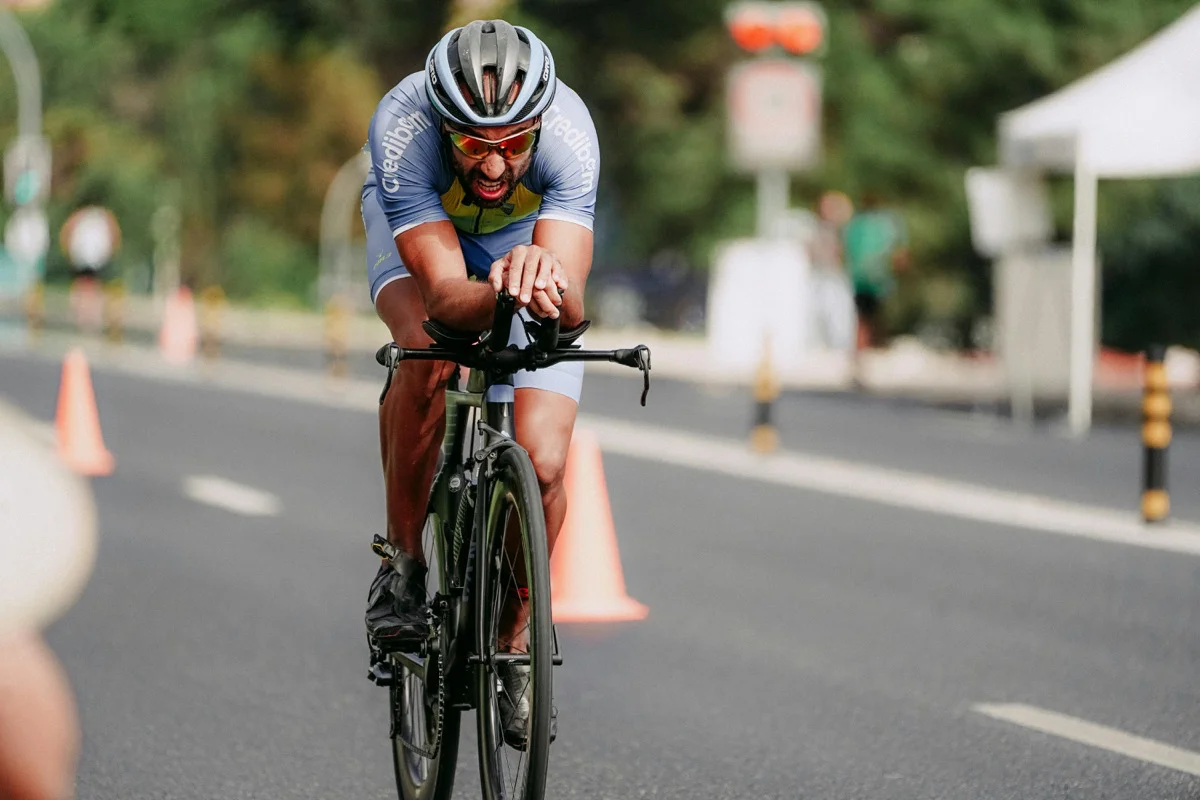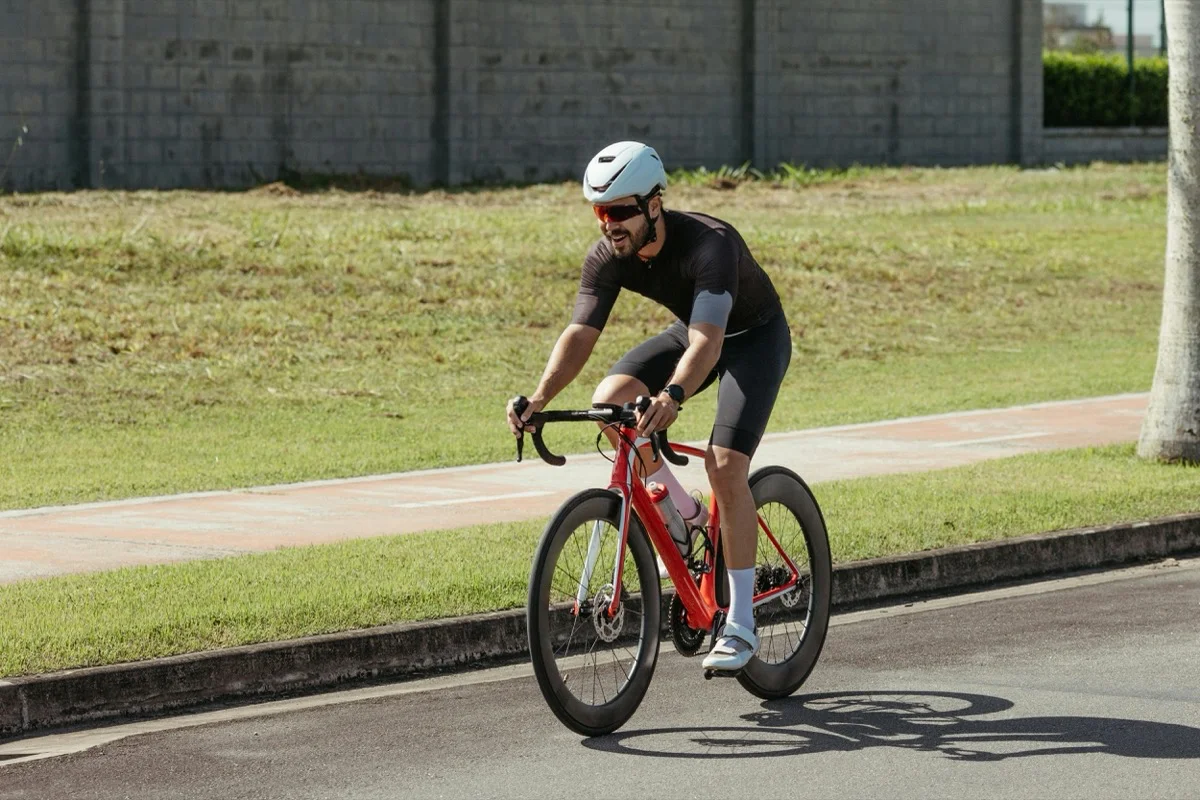Our training plans give you a clear structure, help you avoid overtraining, and guide you step by step toward your goal, whether it’s triathlon or running.
No more uncertainty. No more overwhelm. Just a plan that works.
Why a training plan sometimes helps
Many athletes train without a clear structure and risk overdoing it, missing out on progress, or losing motivation quickly.
With one of our plans, you’ll get:
- Structure – the weeks build logically on each other, and every session has a clear physiological purpose.
- Safety – we increase training load gradually and teach you how to listen to your body.
- Predictable progress – improvement isn’t luck when you follow a well-designed plan.
- Less mental load – no more guessing what you should train today.
Triathlon training plans
Balancing three disciplines can quickly become stressful and extra tiring. Our triathlon plans take away that organizational burden and make sure you’re well prepared.
- For beginners: “Fit for Your First Triathlon” – learn the basics, build up gradually, and enjoy your first finish without burnout.
- For ambitious athletes: “Road to Ironman 70.3” – a complete roadmap from base training to tapering. Improve endurance, VO2max, and race pace step by step to crush your middle-distance race.
Running training plans
Running injuries often come from poor load management. That’s why our plans are designed to make you faster in a safe and systematic way.
- From your first 5K to half marathon – tailored to your current fitness level.
- Integrated strength training – keeps you injury-free and improves running economy.
- Race-specific guidance – clear targets for pace, intervals, and recovery.
How our plans are structured
Our plans follow the principles of modern sports science – while staying practical and easy to integrate into your daily life.
- Every session comes with clear instructions for time and intensity.
- All workloads are tailored to your individual threshold.
- Flexible – you can swap or move sessions as needed.
- Simple – all you need is the basic equipment.









.webp)